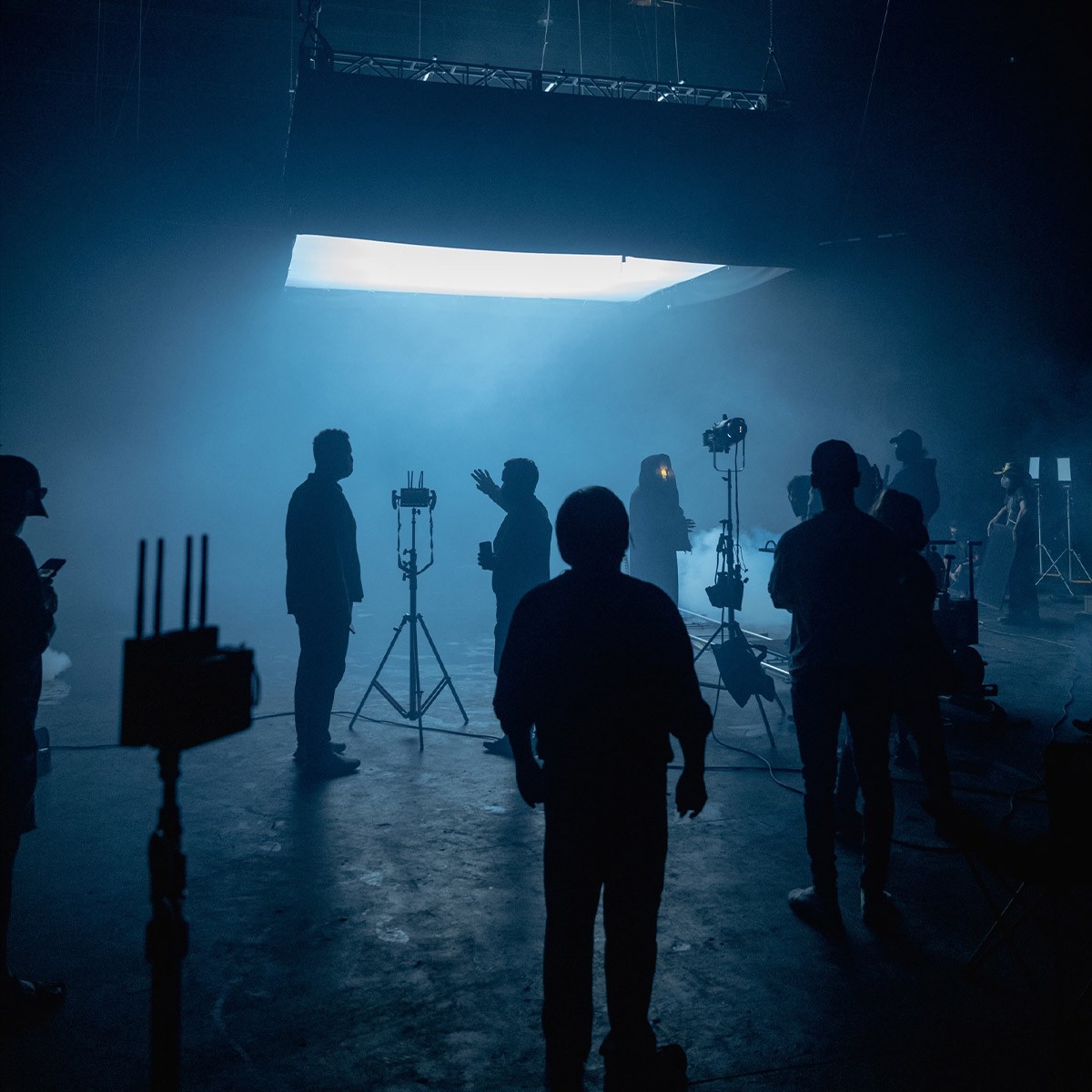Art Department
Film Crew Position: Art Direction

What does a Art Direction do?
Art Direction is an integral facet of the filmmaking process that pertains to the visual elements of a production. The art director works under the production designer's guidance and is responsible for the execution of the production design. They translate the vision of the director and the conceptual design of the production designer into the physical spaces where filming occurs. This includes sets, locations, props, and the overall visual style that helps to tell the story on screen.
What role does a Art Direction play?
The role of an Art Director involves a blend of creative and organizational responsibilities. They collaborate with the production designer to develop the aesthetic elements of the film and oversee the art department staff to ensure the set construction, set decoration, and prop fabrication are in line with the production's design. Their duties extend to budget management, scheduling, and coordinating with other departments to maintain the film's visual continuity and authenticity throughout the production process.
Do you need to go to college to be a Art Direction?
A career in Art Direction does not necessarily require a college degree; however, a degree in fine arts, film studies, interior design, architecture, or a related field can be beneficial. What is more important is a combination of practical experience and a strong portfolio that showcases a thorough understanding of visual storytelling, design principles, and experience with set construction and decoration. While formal education can provide foundational knowledge and networking opportunities, hands-on experience in the art department is often the key to advancement in this field.
What skills do you need to be a Art Direction?
To excel in Art Direction, one must possess a diverse set of skills. A keen eye for detail and a strong sense of visual aesthetics are crucial. Art directors must also have excellent communication and leadership abilities to manage their team effectively. Knowledge of construction, painting, and fabrication techniques is necessary, as is proficiency in design software such as Adobe Creative Suite and 3D modeling programs. Time management and problem-solving skills are also vital, as art directors must often work within tight budgets and schedules, adapting to changes and challenges that arise during production.
New to filmmaking?
Get Free Template
Use our budget template to get a kick start on your film project. Get access to dozens of templates no matter what type of project!
